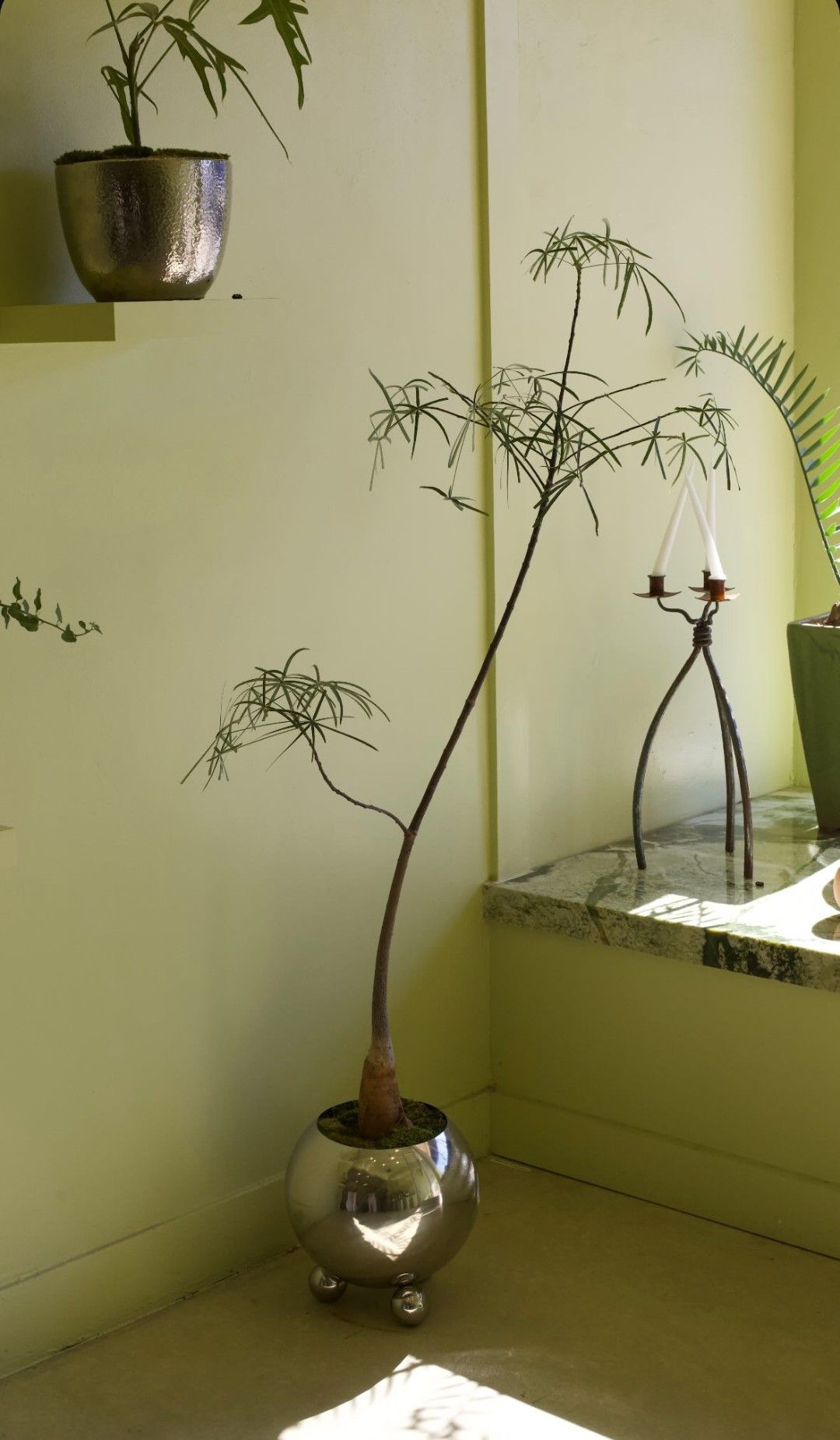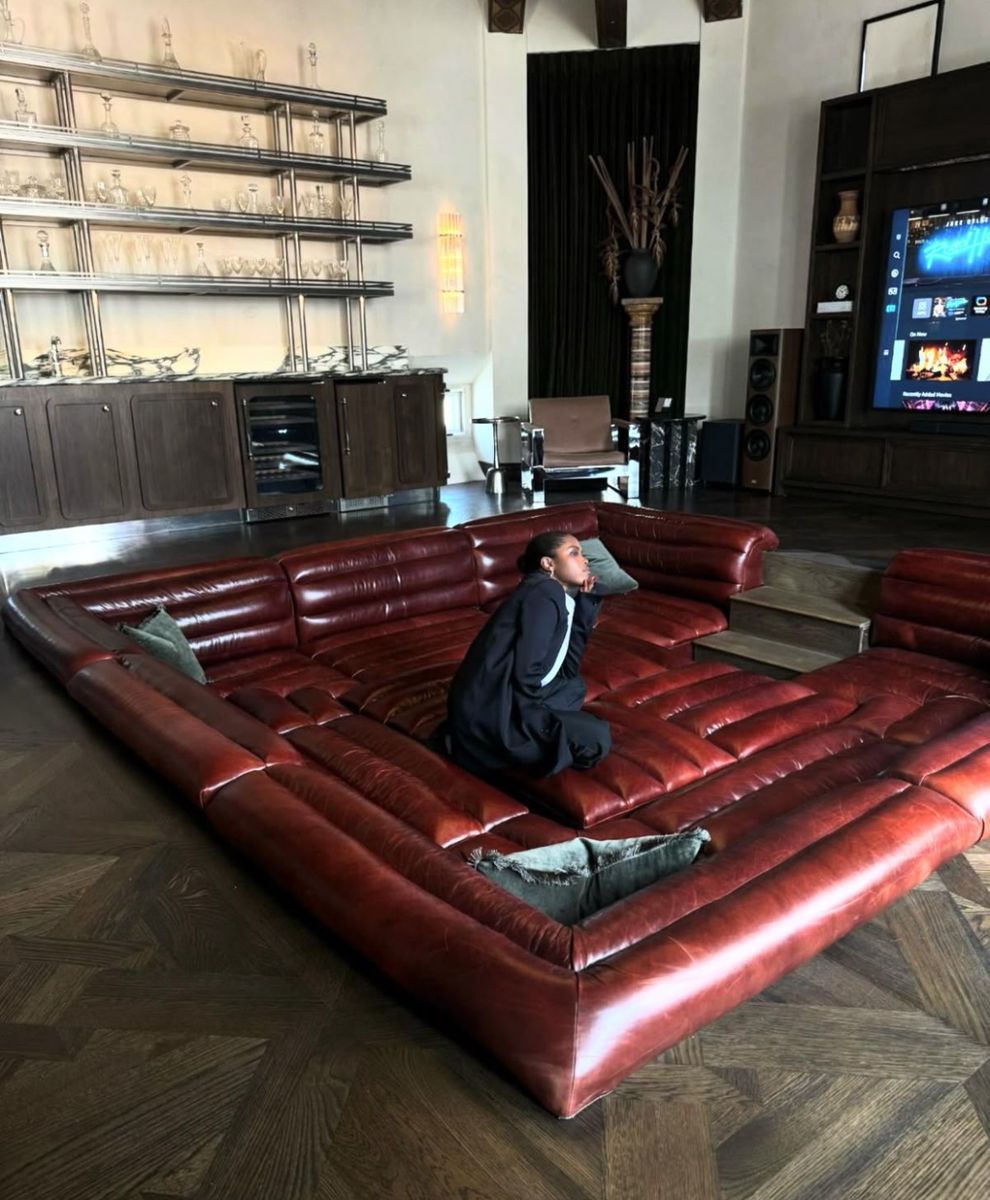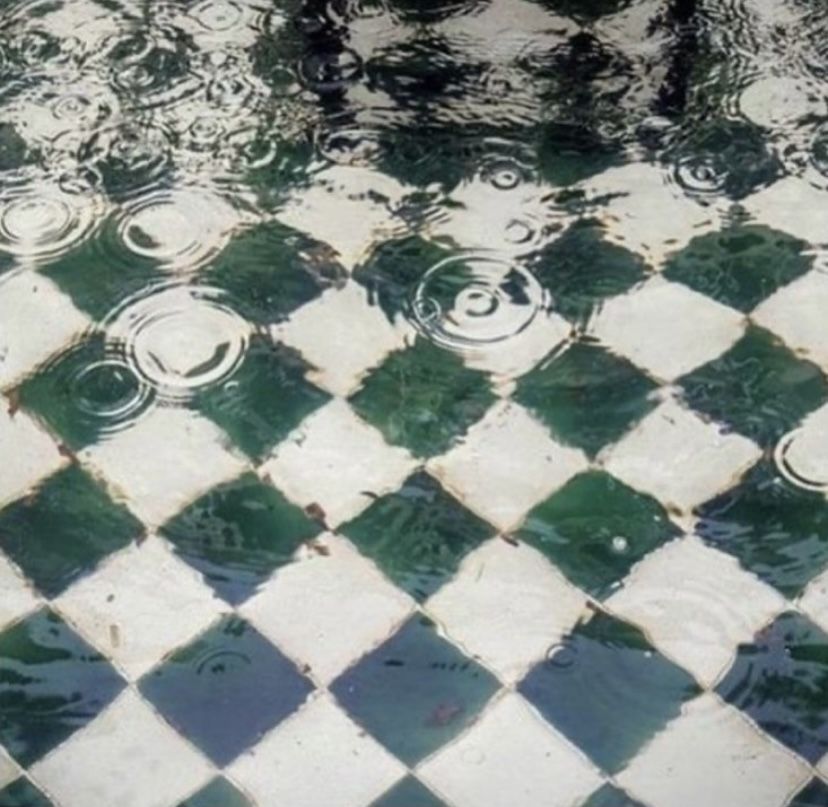Scroll through a moodboard or brand guide lately and odds are, you’ll find green. Sage green, forest green, matcha, mint, moss. From tech startups to clean skincare to boutique coffee shops, green is everywhere. And while it might seem overdone, there's a reason brands keep coming back to it — and why it still works.
Green is one of the most universally understood colors. It immediately signals growth, nature, freshness, health, calm. It's rooted in our biology: green is the color our eyes are most sensitive to and comfortable with, which is why it’s used to soothe, ground, and balance.
Understanding The Psychology
It’s also adaptable. A deep emerald reads as luxurious and classic. A muted olive feels organic and earthy. A pop of neon green brings edge and energy. Unlike some colors that feel locked into a vibe (think red = aggressive or pink = playful), green stretches. It can be premium or youthful, serious or optimistic.
And in a world obsessed with sustainability and “clean” everything, green has become visual shorthand for values — even when a brand doesn’t scream them out loud.
Yes, it’s popular. But that doesn’t mean it’s tired.
The secret isn’t avoiding green — it’s choosing your green. One that matches your tone, your story, your customers’ mindset. A green that feels intentional, not default.
Because when it’s done right, green doesn’t just look good. It feels right.

Green has always had a powerful presence in branding — from Whole Foods to Starbucks to Spotify. It’s a color that carries weight without trying too hard, and over time, it’s become one of the most trusted visual cues in marketing.
Historically, green wasn’t always so beloved. In ancient times, it was considered unstable — associated with envy, illness, or even poison. But as industries shifted and psychology entered the branding conversation, green’s identity transformed. It became the color of renewal, nature, and peace. And marketers were quick to catch on.
In the 1970s and ‘80s, with the rise of environmental awareness, brands like BP (British Petroleum) rebranded with green to signal a more “eco-conscious” identity — even if it was more perception than practice. Around the same time, natural food companies and wellness products started using earthy greens to distance themselves from synthetic or mass-produced competitors.
By the 2000s, green was doing double duty: signaling sustainability and innovation. Think: Whole Foods, with its wholesome hunter green; Starbucks, making coffee culture feel more organic than industrial; and later, tech disruptors like Spotify using green to stand out in a sea of sterile blues and reds. Even Android adopted green to signal approachability and flexibility compared to Apple’s polished white minimalism.
So why is green still trending in 2025?
Because it works. Green is one of the few colors that feels both fresh and familiar. It communicates calm, balance, and growth — all things customers crave in an overstimulated world. It’s also unisex and cross-cultural. From Eastern symbolism (prosperity, harmony) to Western psychology (nature, rebirth), green translates almost everywhere.
Of course, not all greens are the same.
- Forest green evokes tradition and groundedness (think Land Rover or Everlane).
- Neon green is bold, energetic, often used in Gen Z branding (like Glossier’s more experimental drops or niche fashion startups).
- Soft sage or eucalyptus tones dominate in clean beauty and wellness (Drunk Elephant, Aesop’s plant-forward neighbors).
In short: green is a chameleon. It carries values. It catches the eye. And it gives your brand room to breathe — visually and emotionally.
So yes, everyone uses green. But there’s still space to make it yours.


